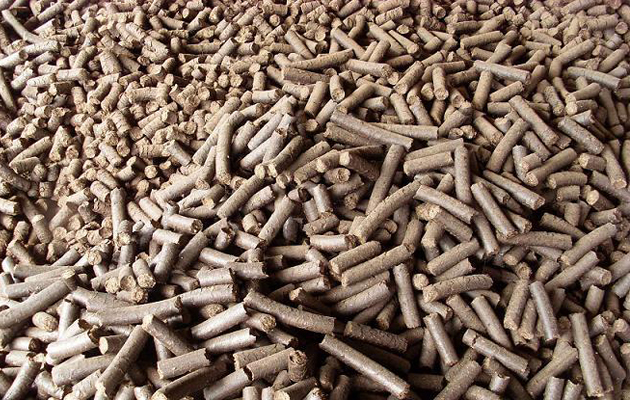About Canadian Wood Pellet Market Analysis
Wood pellet has become a successful renewable and sustainable fuel source. Featured particles are composed of
high density and calorific value, low moisture, as well as transport and storage is relatively easy, due to the rising
cost of fossil fuels and concerns increasingly popular carbon particulate emissions
high density and calorific value, low moisture, as well as transport and storage is relatively easy, due to the rising
cost of fossil fuels and concerns increasingly popular carbon particulate emissions
Canadian Wood Pellets Raw Materials
The forest resources of Canada are the third largest in the world. In Canada, abundant forest resources and a mass
of wood go to waste each year. Wood pellets are made from wasted materials, which include sawmill residues-saw
dust, shavings and bark-and “standing dead wood” , which is a kind of diseased and insect-killed tree. In addition,
some unwanted resources that sawmills have abandoned on the forest floor after logging. They can be pelletized
as raw materials.
of wood go to waste each year. Wood pellets are made from wasted materials, which include sawmill residues-saw
dust, shavings and bark-and “standing dead wood” , which is a kind of diseased and insect-killed tree. In addition,
some unwanted resources that sawmills have abandoned on the forest floor after logging. They can be pelletized
as raw materials.
Canadian Wood Pellet Current Status
Most Canadian homes are heated by natural gas, with limited domestic demand, the Canadian wood pellets market
is driven almost entirely by foreign demand, especially the voracious demand from Europe. At the same time, the
wood pellets manufacturing industries are bringing enormous value to the domestic forest sector.
is driven almost entirely by foreign demand, especially the voracious demand from Europe. At the same time, the
wood pellets manufacturing industries are bringing enormous value to the domestic forest sector.
By the beginning of 2013, Canada had 42 pellet plants with over 3 million tonnes of annual production capacity.
Pellet plants in the province of British Columbia, located in the western region of Canada, account for about 65
percent of Canadian pellet capacity and production. Collectively, the provinces of Alberta, Quebec, New Brunswick,
and Nova Scotia account for 35 percent. It is estimated that 90 percent of Canadian pellets were exported to Europe.
Pellet plants in the province of British Columbia, located in the western region of Canada, account for about 65
percent of Canadian pellet capacity and production. Collectively, the provinces of Alberta, Quebec, New Brunswick,
and Nova Scotia account for 35 percent. It is estimated that 90 percent of Canadian pellets were exported to Europe.
Canada Wood Pellets Export Situation
As for 2013, North America exported wood pellets valued at over US$650 million. Of which, the expansion of
Canadian pellet export was less significantly than that of the U.S., but 2013 Canadian pellets export volumes were
still over 50 percent higher than in 2011.
Canadian pellet export was less significantly than that of the U.S., but 2013 Canadian pellets export volumes were
still over 50 percent higher than in 2011.
In Canada, there have been two developments of wood pellets export. One is the first regular shipment of wood
pellets to South Korea started in the second half of 2013, the other one is the increase of pellets export from
Eastern Canada (Quebec,Nova Scotia and New Brunswick) during the same time.
pellets to South Korea started in the second half of 2013, the other one is the increase of pellets export from
Eastern Canada (Quebec,Nova Scotia and New Brunswick) during the same time.
Eastern Canada will have additional wood pellets export volumes later in 2014 when the two pellet facilities in
Ontario start to operate.

Ontario start to operate.

0086-371-63398802
0086-185-3993-1566
No.100 Shangdu Road, Zhengdong New District, Zhengzhou City, Henan Province, China
CONTACT US
Copyright © 2010 - Henan GELGOOG Machinery Co.,LTD
Links:Packing Machine | Wafer Biscuit Machine |











